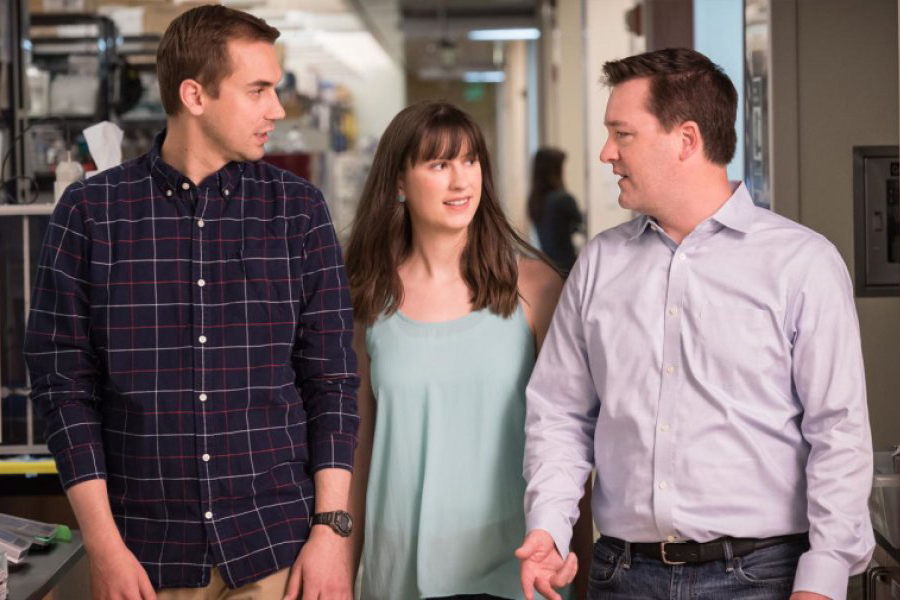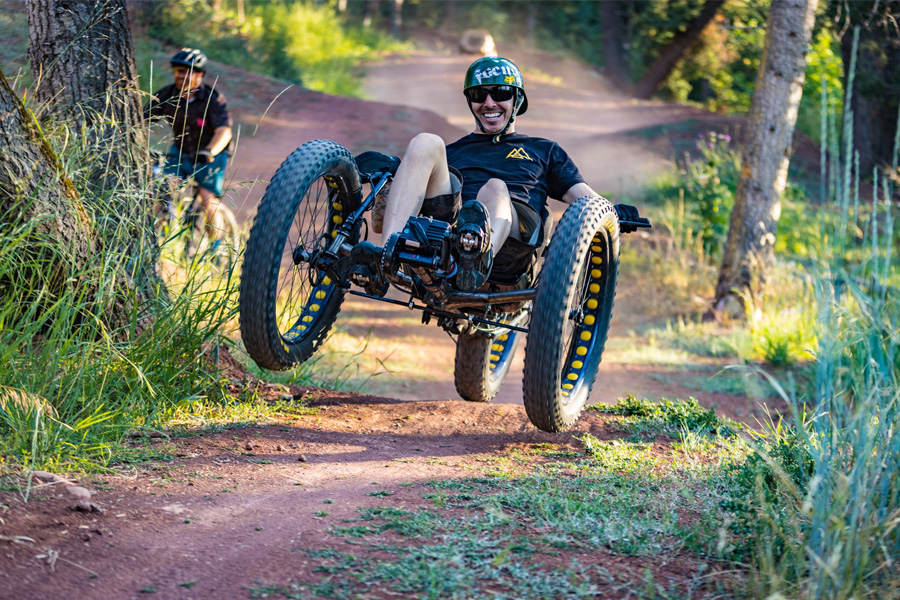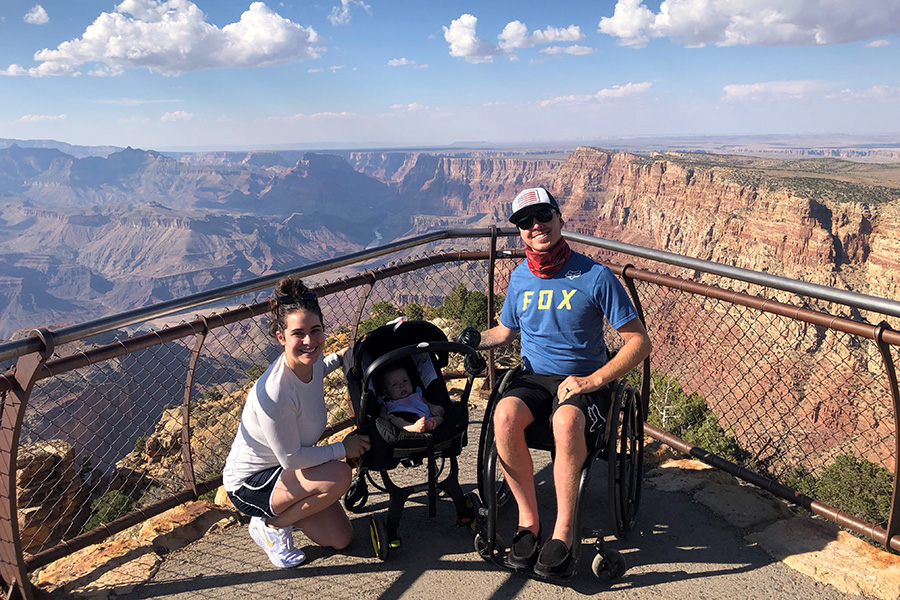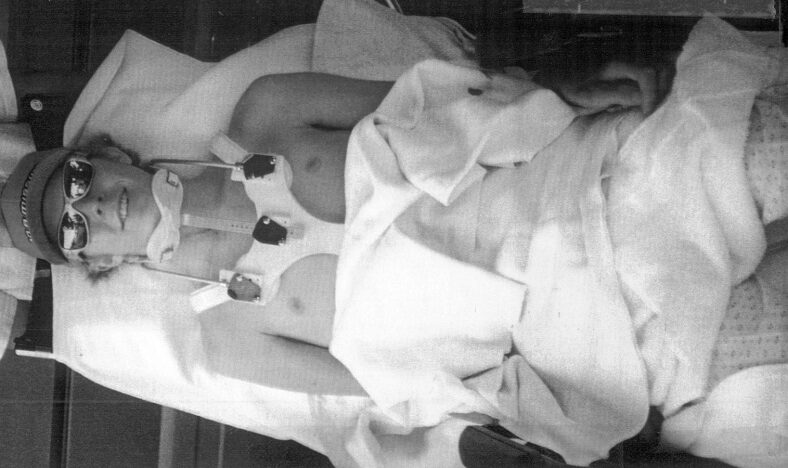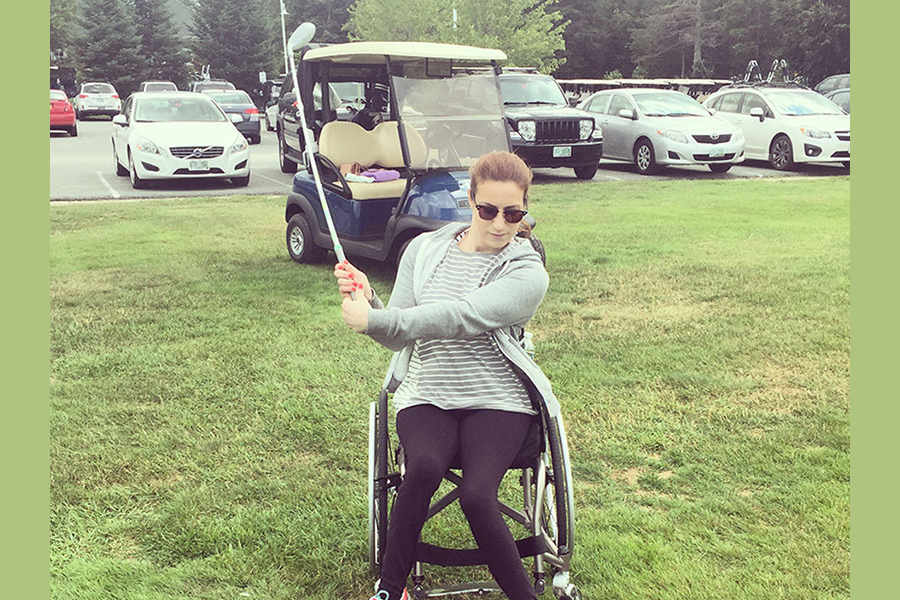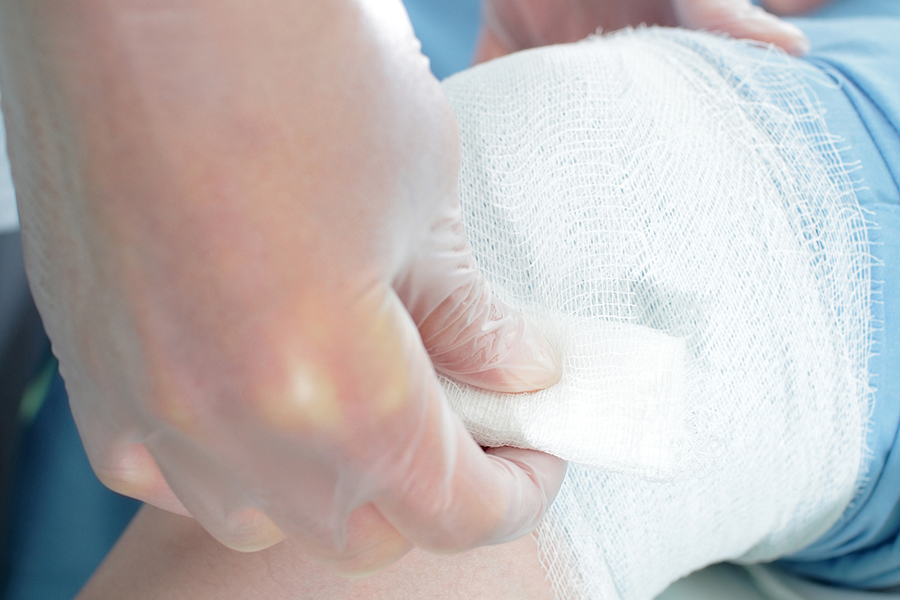Originally published by Gladstone Institutes. “Discovery offers new hope to repair spinal cord injuries: Scientists produce a type of stem cell-derived neuron that could potentially help restore movement.” ScienceDaily. ScienceDaily, 24 April 2017. <www.sciencedaily.com/releases/2017/04/170424152544.htm>.
Scientists at the Gladstone Institutes created a special type of neuron from human stem cells that could potentially repair spinal cord injuries. These cells, called V2a interneurons, transmit signals in the spinal cord to help control movement. When the researchers transplanted the cells into mouse spinal cords, the interneurons sprouted and integrated with existing cells.
V2a interneurons relay signals from the brain to the spinal cord, where they ultimately connect with motor neurons that project out to the arms and legs. The interneurons cover long distances, projecting up and down the spinal cord to initiate and coordinate muscle movement, as well as breathing. Damage to V2a interneurons can sever connections between the brain and the limbs, which contributes to paralysis following spinal cord injuries.
“Interneurons can reroute after spinal cord injuries, which makes them a promising therapeutic target,” said senior author Todd McDevitt, PhD, a senior investigator at Gladstone. “Our goal is to rewire the impaired circuitry by replacing damaged interneurons to create new pathways for signal transmission around the site of the injury.”
Several clinical trials are testing cell replacement therapies to treat spinal cord injuries. Most of these trials involve stem cell-derived neural progenitor cells, which can turn into several different types of brain or spinal cord cells, or oligodendrocyte progenitor cells, which create the myelin sheaths that insulate and protect nerve cells. However, these approaches either do not attempt or cannot reliably produce the specific types of adult spinal cord neurons, such as V2a interneurons, that project long distances and rebuild the spinal cord.
In the current study, published in the Proceedings of the National Academy of Sciences, the researchers produced V2a interneurons from human stem cells for the first time. They identified a cocktail of chemicals that gradually coaxed the stem cells to develop from spinal cord progenitor cells to the desired V2a interneurons. By adjusting the amounts of three of the chemicals and when each one was added, the scientists refined their recipe to create large amounts of V2a interneurons from stem cells.






